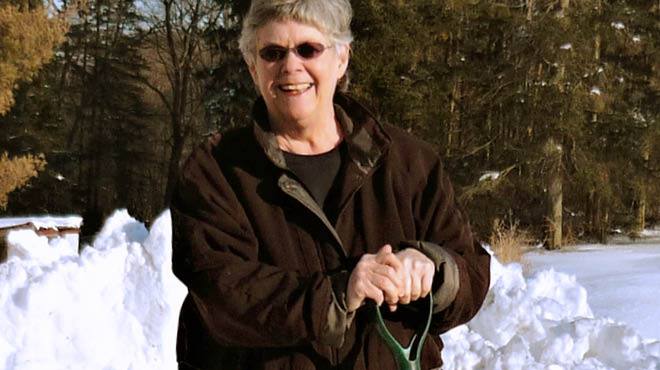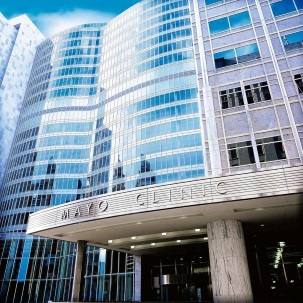Cardiology Patient Stories

March 26, 2023
After a rewarding career and entrepreneurial endeavors, Julie Wesson was looking forward to retirement. Julie and her husband had built their dream home, a log[...]

April 9, 2010

February 19, 2010

February 17, 2010

February 1, 2010

December 18, 2009

December 17, 2009

December 1, 2009

October 24, 2009

October 24, 2009

October 12, 2009

October 4, 2009
Explore more topics
 Sign up
Sign up

Mayo Clinic Connect
An online patient support community
